- Home /
- What We Do /
- MODERNIZE CX /
- Accessibility Compliance (WCAG) /
Accessibility Compliance
(WCAG)
Accessibility is essential, not optional.
We embed accessibility into design, ensuring full WCAG 2.1 compliance while protecting your brand.
Strategy and Implementation
Unlock your CX platform's full potential
Program Management
Create project roadmap, define milestones, and outline deliverables for a smooth rollout.
Integration
Martech / CRMs / ERPs / Payment gateways like Adobe, Hubspot, SalesForce, Lead Squared, SAP, Oracle , Paypal and other bespoke apps
Platform Assessment
Assess current platform and advise on viability, rationale & fitment
Solution Architecture
Design the overall technical architecture for platform, considering scalability, performance, security, and integration requirements
Our Accessibility Solutions Deliver
Inclusive design expands your market reach and strengthens trust
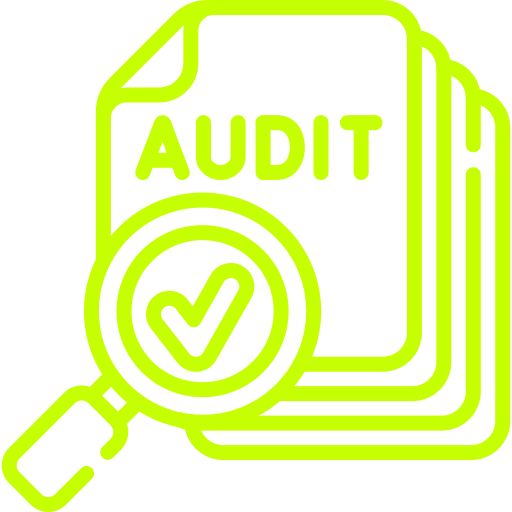
Comprehensive Accessibility Audits
Full WCAG compliance checks and gap assessments across digital assets.
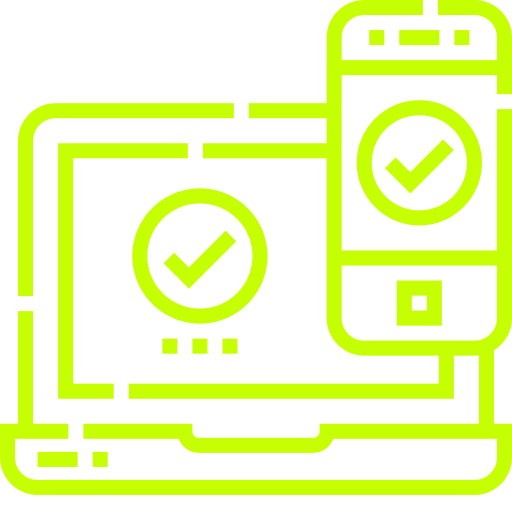
Remediation of Digital Experiences
Fix accessibility issues in websites, forms, apps, and content.
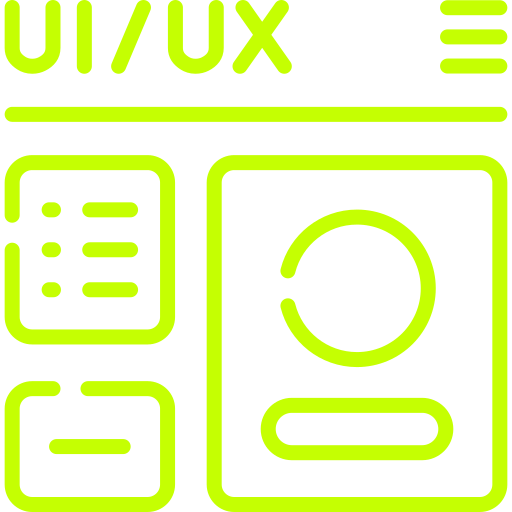
Inclusive UX Design Integration
Embed accessibility best practices directly into design and development workflows.
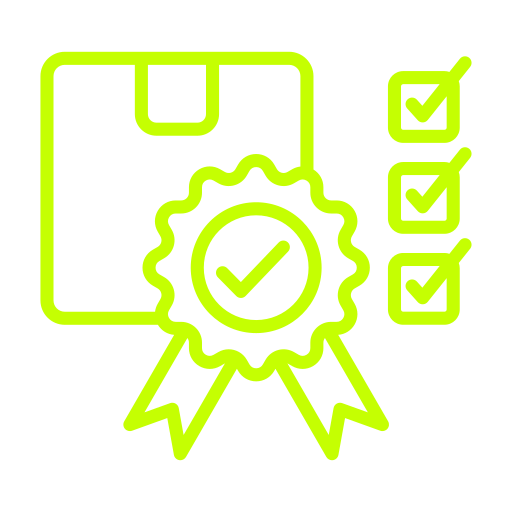
Continuous Compliance Monitoring
Ongoing scans and updates to maintain accessibility standards over time.
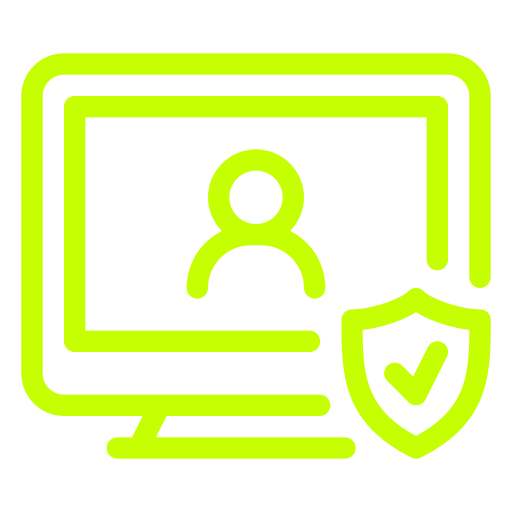
Enterprise Accessibility Governance
Frameworks and policies to ensure long-term accessibility and compliance across the organization.
Make accessibility a business strength
YOU MAY NEED TO KNOW
Frequently Asked Questions
What is WCAG and why is it important?
WCAG stands for Web Content Accessibility Guidelines. It's a globally recognized set of recommendations for making web content more accessible to people with disabilities. Adhering to WCAG 2.2 compliance is crucial because it ensures your digital experiences are inclusive, allowing a wider range of users to access and interact with your websites, forms, apps, and content. It's not optional but an essential component of building digital products.
How do you ensure full WCAG compliance?
Full WCAG compliance is achieved through a multi-faceted approach. This includes conducting comprehensive WCAG audits and accessibility gap assessments to identify non-compliant areas, followed by remediation of identified issues across websites, forms, apps, and content. Additionally, inclusive UX design principles are integrated directly into the development workflows from the outset, and ongoing monitoring is implemented to maintain compliance over time.
What types of digital assets can be made accessible?
The focus on accessibility extends to a wide range of digital assets. This includes websites, online forms, mobile and web applications, and various types of digital content. The goal is to ensure that all these touchpoints offer an inclusive experience for users.
Beyond compliance, what are the benefits of inclusive design?
While compliance is a key driver, inclusive design offers significant business advantages. It expands your market reach by making your digital offers usable by a broader audience, including individuals with disabilities. Furthermore, it strengthens trust with your users and enhances your brand reputation, as it demonstrates a commitment to accessibility and user-centric design.
What is an "accessibility gap assessment"?
An accessibility gap assessment is a process of evaluating your existing digital assets against WCAG standards to identify areas where they fall short of compliance. It pinpoints the specific "gaps" in accessibility, providing a roadmap for remediation efforts to improve user experience for everyone.
How is accessibility integrated into the design and development process?
Accessibility is not treated as an afterthought but is embedded directly into design. This means that inclusive UX (User Experience) design principles are integrated into development workflows from the very beginning. This proactive approach helps to build accessibility into the core of digital products rather than trying to fix it later.
What ongoing support is available to maintain accessibility?
Maintaining accessibility is an ongoing commitment. Solutions include continuous monitoring to ensure that compliance is sustained over time, even as digital content and features evolve. For larger organizations, accessibility governance frameworks can be established to provide a structured approach to managing and maintaining accessibility across all digital initiatives.

-1.png)